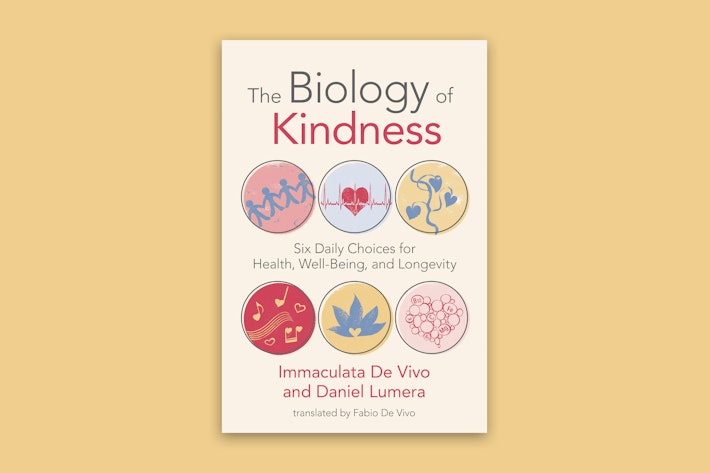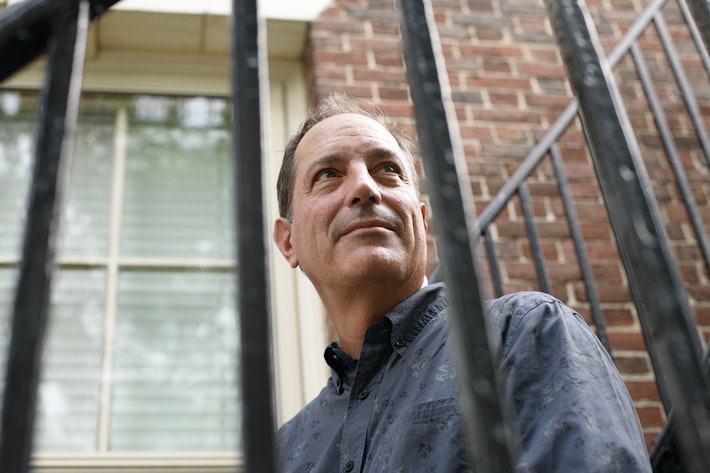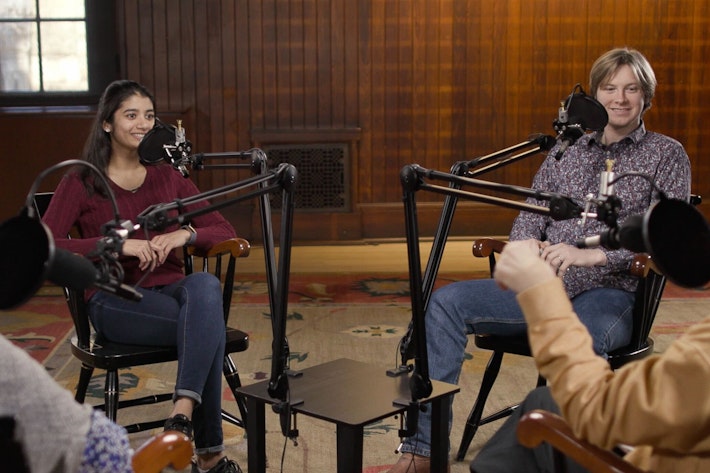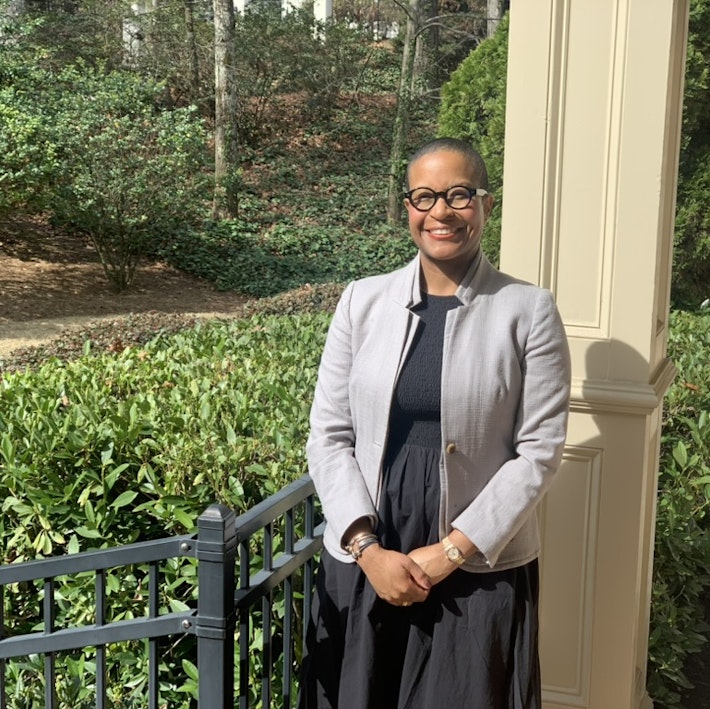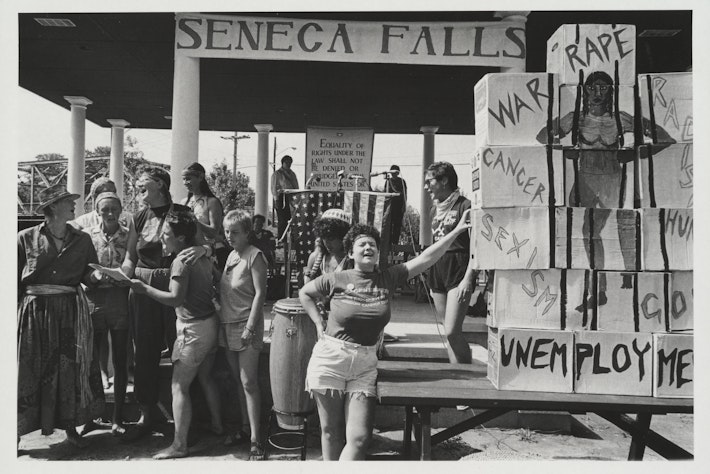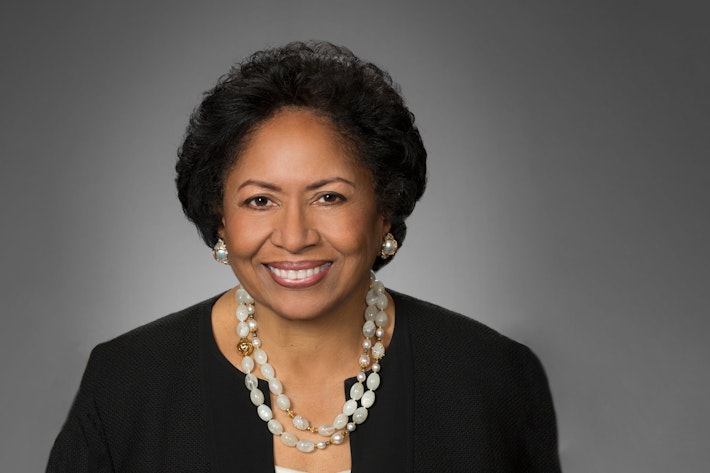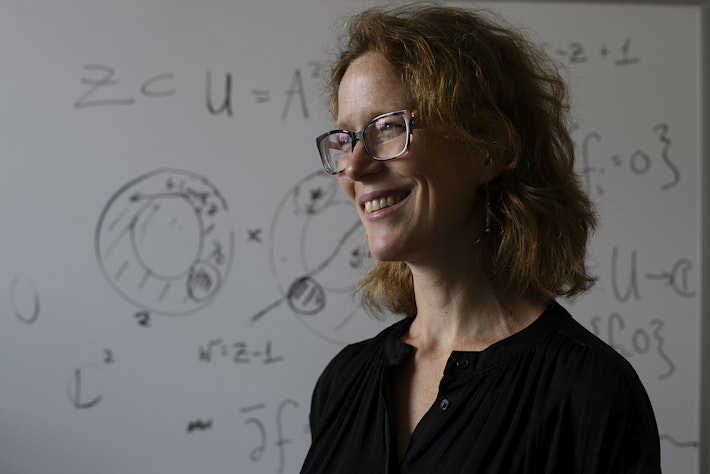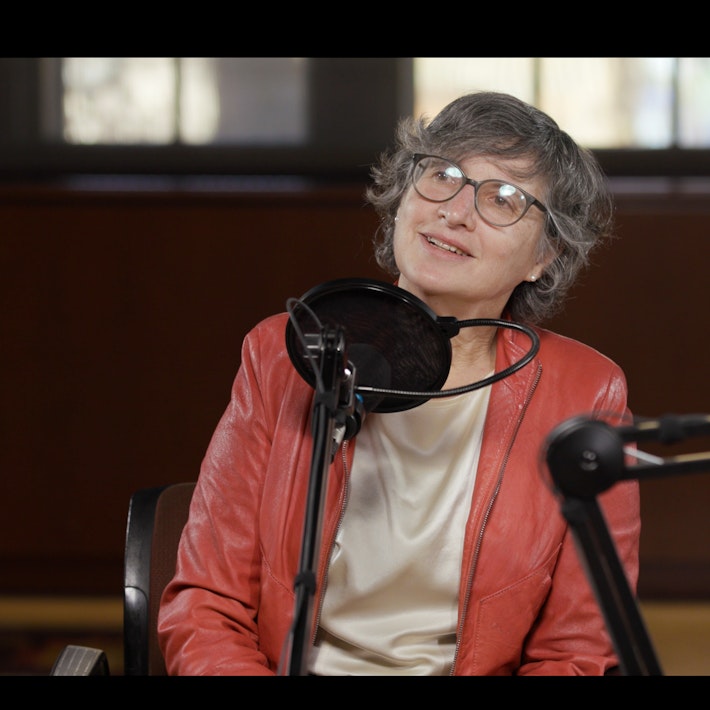Beyond the Written Word
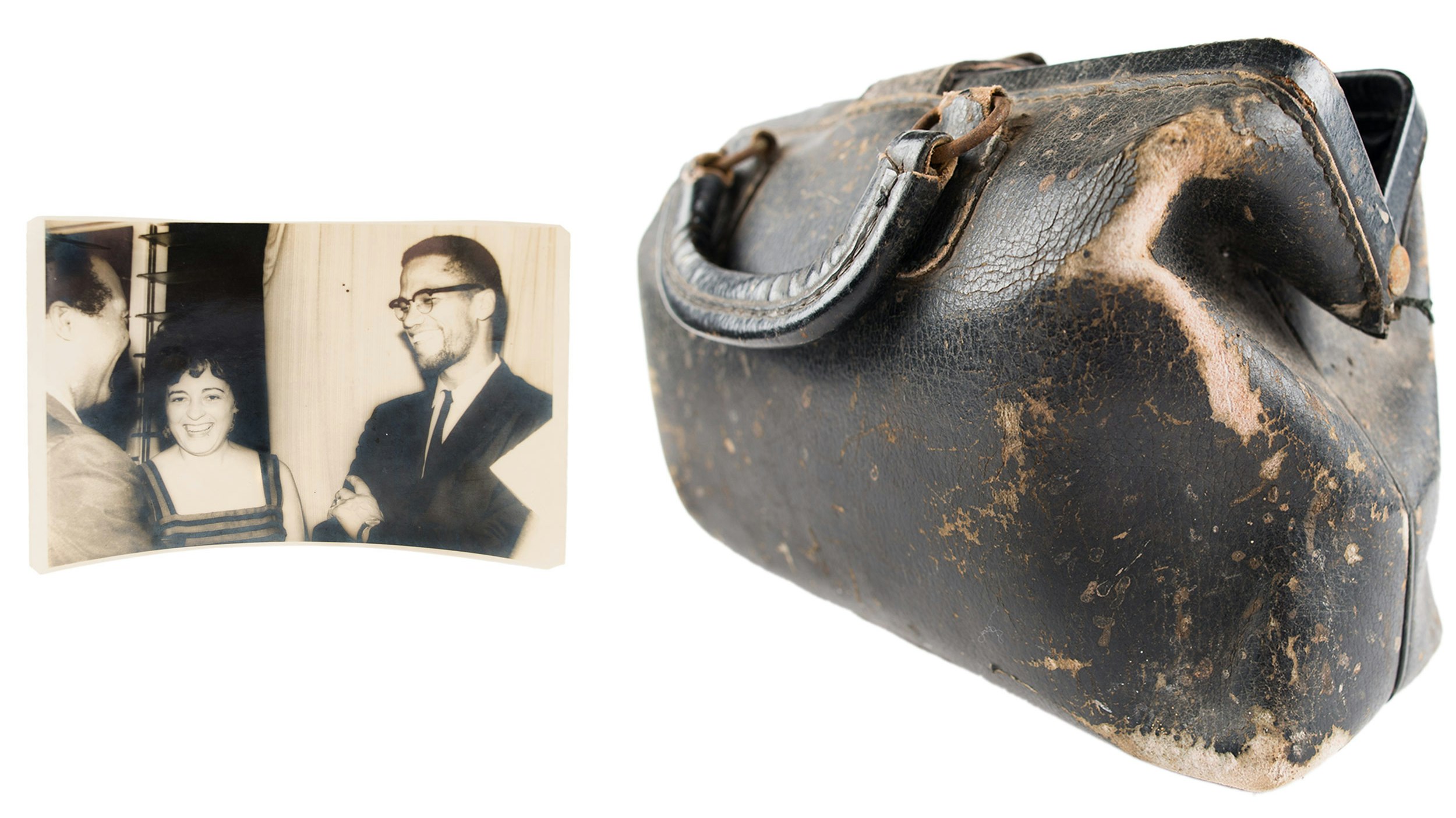
An undergraduate makes the case for physical objects in the archives.
Harvard is home to some of the most spectacular and well-stocked libraries in the world.
That said, for most of my undergrad career, I didn’t know the kinds of stuff available in our libraries. Before I learned how to use the library archive, I was intimidated by the idea of academic research and overwhelmed by the sheer volume of materials available to me.
Over time, I have learned from gracious librarians and patient professors that library collections, especially university archives, are meant for students. We are meant to feel that these collections reflect not only our academic and intellectual interests but also ourselves—our experiences and our identities.
In the introduction to the book Tangible Things: Making History through Objects (Oxford University Press, 2015), the historian and Harvard professor Laurel Thatcher Ulrich asks readers to consider the study of things as a way of understanding the past beyond language. There is something rather magical about holding an object from another time and imagining the kind of person who might have interacted with it, what they were like, and what they might have thought that makes the study of history more personal and empathetic.
Much of the stuff kept in Harvard’s archives isn’t just written records but actual objects—knickknacks and ephemera imbued with historical and contextual significance and laced with personality and sentiment. These things are incredibly rich in research potential. They also have the benefit of “speaking” in ways that don’t require academic language, and for that reason, I have always found objects to be more inviting and accessible than formal text.
When we let go of the idea that the best historical records are written records, we are opening ourselves to stories and voices that have been overlooked by traditional archives: historically marginalized groups whose stories have been written for them by others; groups who were denied literary access as a means of control; stories of peoples for whom oral and other non-textual traditions were the primary way of passing down knowledge; and all the average and ordinary people whose experiences were simply never destined to be part of a formal literary canon. Library archives allow us the chance to experience historical objects for ourselves, to make a connection with the people and stories embedded in them.
In 2018, the Schlesinger Library unveiled an exhibition titled 75 Stories, 75 Years, in which 75 objects as varied as Edith Hall Plimpton’s wool gymnasium suit, Ana Livia Cordero’s medical bag, and a lei worn by Amelia Earthart were used to illustrate the power of objects to inform us. A digitized version of the exhibition can still be found online, and I would encourage everyone to take a look, if only to see all the different types of odd and unique objects that make up just a fraction of the Schlesinger’s collections.
Before the pandemic, I was someone who took library access for granted, and like most people, I assumed it would always be there and be available. But as the saying goes, you don’t know what you got till it’s gone. Even as someone not yet completely comfortable doing archival research, I find myself longing for the ability to physically go to the archives and interact with amazing objects I would otherwise never get to touch. Nevertheless, the librarians at the Schlesinger have worked tirelessly to maintain a robust sense of access even when the library access is restricted. Anyone interested in these riches can start with a number of digitized collections and research guides on gender and its intersection with race, class, sexuality, politics, and profession.
We must keep in mind that even when we aren’t living during a global pandemic, archives in their entirety can’t always be readily available, the sheer amount of information makes it inevitable that curatorial decisions have to be made. In that sense, archives are never neutral; deciding what stories are being acquired, kept, and put on display requires a considerable amount of care and critical reflection. It also requires a certain level of input and engagement from library users such as us students.
The librarians at Harvard are rad and open to suggestions for making the library a more inclusive space. As students, we have an incredible opportunity to reimagine and shape how archives, information, and knowledge-sharing might work in the future. If you notice a gap in the archive, you can request to have that gap filled. If you feel that there is no material out there that could fill that gap, perhaps you can be the one to bring that material into existence for the next generation of scholars. Either way, the archives will be richer for it.
Amanda Zhang ’22 is a comparative literature concentrator and resident of Lowell House.
